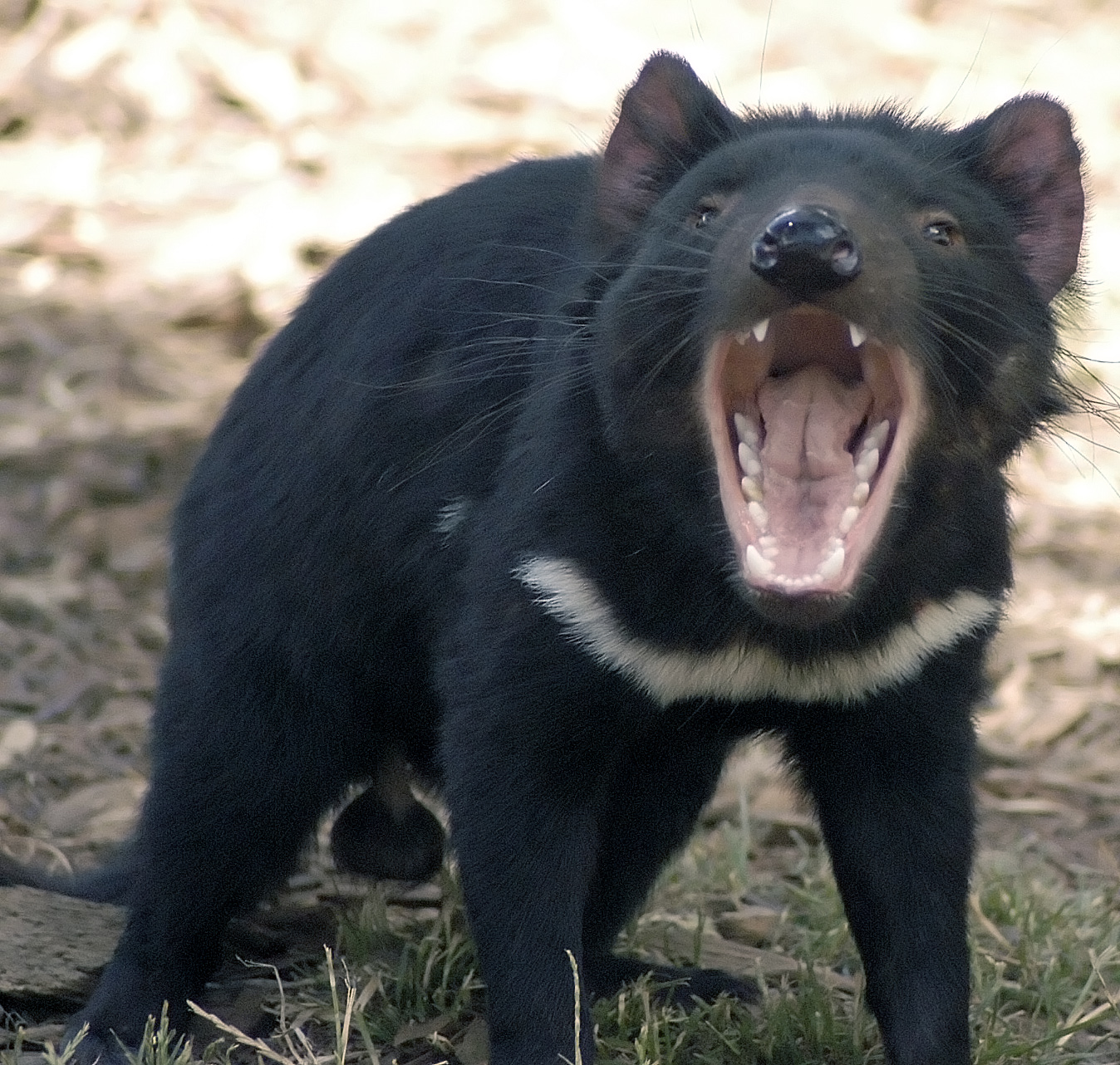 Did you know that Queen Isabella was interested in the marsupials, or that it was once believed that marsupials copulated nasally and sneezed the newborn into their pouches?
Did you know that Queen Isabella was interested in the marsupials, or that it was once believed that marsupials copulated nasally and sneezed the newborn into their pouches?"Walkers' Marsupials of the World" by Ronald M. Nowak is a handsome, scholarly work well suited for the amateur or generalist. Its overall qualities outweigh its few quirks, and I can strongly recommend the edition to all but children and post-graduate level specialists.
This scholarly and informative book, which is suited to a high-school or above reading level, consists of an entertaining opening monograph by Christopher Dickman on topics germane to marsupials as a group, and a comprehensive main body by Ronald Nowak describing in detail all living and recent genera.
 The section heads of the 42 page Introduction include: Taxonomy & Evolution, Morphology, Reproduction, Distribution & Diversity, Diet, Life History, Economic & Ecologic Importance, and Conservation, as well as References.
The section heads of the 42 page Introduction include: Taxonomy & Evolution, Morphology, Reproduction, Distribution & Diversity, Diet, Life History, Economic & Ecologic Importance, and Conservation, as well as References.The Introduction is written mainly from an ecological and taxonomic viewpoint. While the physiological specializations of the group as a whole, and certain developments, such as the unique dentition of the Diprototont subgroup (i.e., Koalas, & `Roos as opposed to Opossums, Devils & Bandicoots) are mentioned in the text, there are no line drawings of skeletons or any anatomical diagrams. Pouch anatomy and specializations of the digits are described in the text, but there are only a few photographs of young suckling, none of birthing, and only a few insets in the main section showing external foot morphology. I, for one, have always been fascinated by the "two-thumbed/three fingered hand" of the Koala, for example. But there is little attention to anatomical detail.
There are over 140 black and white photographs in the book, almost all of individual live specimens. While keeping the price reasonable, the lack of color makes the work a bit drab and definitely unsuitable for children.
 The main text examines each of the known marsupial genera, with at least one photo per genus, including the tragically lost Tasmanian "tiger" and all known (recent) species are named. Fossil forms are excluded.
The main text examines each of the known marsupial genera, with at least one photo per genus, including the tragically lost Tasmanian "tiger" and all known (recent) species are named. Fossil forms are excluded.There is no cladistic analysis, but the text and a table in the introduction serve as a classification in outline form, and taxonomic issues, such as the phylogenetic position of the "Monito del Monte" (a South American enigma that may be more closely related to Australasian groups than to the American opossums) are addressed.
The book does treat the Marsupials as consisting of seven groups of ordinal rank, an improvement over the traditional lumping of all groups into just one order. Overall mammalian taxonomy is in such a flux now, that the work is reluctant to make any authoritative statements, choosing a reasonable middle ground. As the work is fully noted, and references at least as recent as 2003 are in the bibliographies, those interested in such matters will be well guided in their own research.
 Given that there are no maps, no drawings of internal or reproductive anatomy, no illustrations of such fantastic extinct forms as the marsupial "lion" Thylacoleo, or any other visual aids except the black and white "field-guide" photos, it is absolutely bizarre that the editors included a bare-boned appendix giving the geological timeline back to the Permian and four pages of metric/U.S. conversions with a 47 inch/1200 mm ruler (broken up into 10 segments to fit the page width!) instead.
Given that there are no maps, no drawings of internal or reproductive anatomy, no illustrations of such fantastic extinct forms as the marsupial "lion" Thylacoleo, or any other visual aids except the black and white "field-guide" photos, it is absolutely bizarre that the editors included a bare-boned appendix giving the geological timeline back to the Permian and four pages of metric/U.S. conversions with a 47 inch/1200 mm ruler (broken up into 10 segments to fit the page width!) instead.Nevertheless, the paperback edition is well worth its price at pennies per page, and there is no better serious reference for the avid enthusiast. Note, the images in this post are not from the book. The book is available at Amazon.
No comments:
Post a Comment